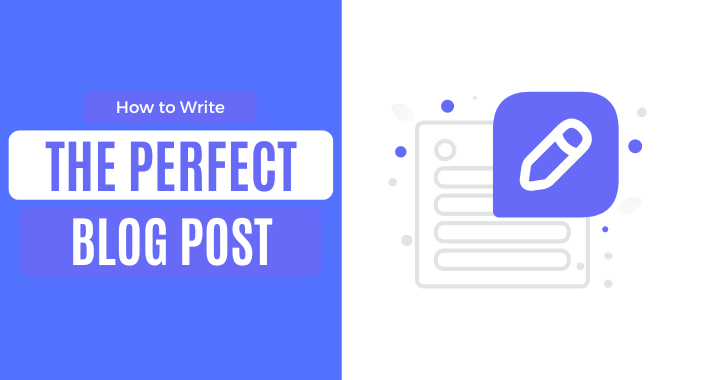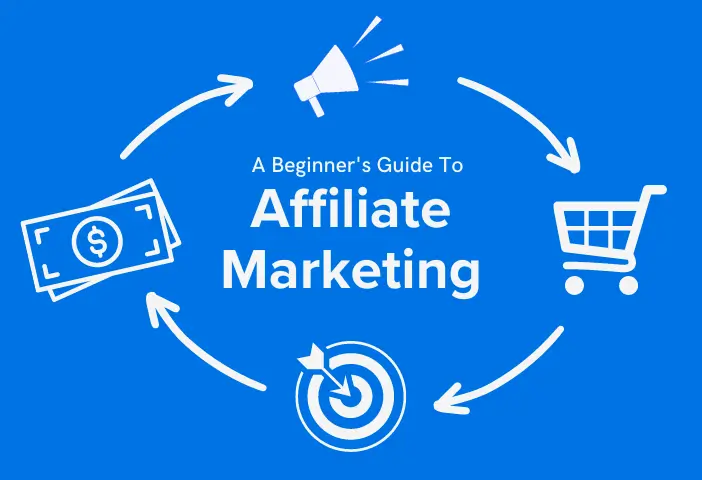Writing a blog post can be a fun and rewarding experience. Not only can you share your knowledge and expertise with readers, but you can also build a strong readership and a platform to promote your ideas.
However, it’s important to know that blog posts require more than just putting words down on paper. It would be best if you thought about the structure of your piece, the writing style you’re using, and the topics that will engage your readers.

You can ensure your posts are interesting and informative with the right approach. In this blog post, we’ll discuss how to write blog posts that draw in an audience and keep them reading.
1. Find a topic to write about
Finding a topic to write about is essential in producing a blog post. To avoid writing about things that aren’t related to your brand or business, find a topic that interests you.
Many blog posts are rants about something that happened that week in your life. If this is the case, no one will be interested in reading your posts. Consider what you know and care about while looking for a topic to write about.
When you’re ready to take it a step further, consider what you want your readers to take away from reading your post.
There are simple tips that may help you find a topic:
- Google Trends: use google trend to find related topics
- Online Forums: join online forms to get ideas from the people on Quora, Reddit
- Scan your competitors: search for a topic on your competitors
- Social media: social media platforms is a good source for blog posts ideas,
- blog topic generator: it’s a great tool by Hubspot to get blog posts ideas
2. Choose a headline
The following step is to create a headline for your blog post. A strong headline will immediately catch the attention of potential readers, and you’ll want to maintain the tone you want to convey with your headline in mind while you write the post.
You can also leverage the title and headline of your blog post to create an engaging social media headline, which is a critical aspect of marketing your business through social media platforms.
When generating ideas for headlines, utilizing Google’s search function can be a valuable tool. By inputting related terms such as “what is a blog,” you can uncover common search queries and gain insight into what people are discussing about the topic. This can aid in crafting impactful and relevant headlines when writing on the subject of starting a blog.
Simple Tips to Choose a Headline
- Keep it short and to the point: A headline that’s too long can lose its impact. Try to keep it under 10 words if possible.
- Use strong, action-oriented verbs: This will help give your headline a sense of urgency and make it more compelling.
- Speak directly to your audience: Use language that makes your headline feel relevant to your readers.
- Be specific: Always avoid vague or general terms in your headline. Instead, use specific numbers or details to grab readers’ attention.
- Make sure it is relevant to your content: Your headline should accurately represent the content of your post. Avoid clickbait or misleading headlines that don’t deliver on their promises.
3. Choose a blog post template.
The third stage in making the perfect blog post is to choose a template that compliments the content you intend to publish, the demographic you intend to target, and the general tone of your business.
A blog template is simply a structure that establishes the tone for your content, highlights crucial points, and visually enhances your site.
While there is no one-size-fits-all template for writing a great blog post, different templates for various niches have been designed and can be customized to meet your needs. With so many themes available on the internet, the trick is to choose one that matches with your blog’s objectives and vision.
The template should be easy to navigate and read, with a clear call-to-action and an aesthetically pleasing design.
Common blog post templates
- How-to guide/template: a step-by-step guide on a specific topic, including helpful tips and advice.
- Listicle: a post that lists different items, tips, or resources related to a specific topic. For example, “10 Simple Ways to Boost Your Productivity.”
- Product review: a post offering an in-depth review of a particular product or service.
- Comparison: a post comparing and contrasting two or more items or ideas.
- Case study: a post that examines a real-life scenario, explaining the problem, solution, and outcome.
4. Do research
If you want to add value, write a blog article based on the information.
After you’ve decided on a topic to write about and created a blog post template, you’ll need to research to find topics related to your business and get more information to include in your blog post.
You may also use keyword research tools like SEMrush and Ahrefs to find out what keywords people are typing into Google to find your products or services. Then use those keywords to generate blog topics that are relevant to your business and publish blog posts that cover topics related to the keywords.
5. Optimize your content for SEO
After you’ve finished writing your blog post template and headline, it’s time to add SEO-friendly content to optimize your article for Google’s search engine. Here’s how you can go about it:
Include keywords in paragraphs: you can include keywords in sections to add context to your content and provide more information to Google about your post. It can help if the keywords are used in one or two phrases.
Include keywords in headings Headings can also be used to include keywords in your post and help Google understand them. Headings should be 1.5 to 3 times the width of the text around them. –
Add keyword variations to your article: Finally, your article may include keyword variations to help Google understand the content.
All this can done by one of the best SEO tools that will help in making your blog post SEO-friendly.
Conclusion
You can learn how to write a blog post from scratch to build a successful blog. Instead, apply these tactics and techniques regularly to create high-quality blog content. By consistently producing blog posts, you will enhance your writing, become more comfortable writing in multiple forms, and develop your content marketing skills.
You may boost your digital marketing efforts by using content marketing to connect with your readers on a deeper level and deliver helpful information that solves their problems.






